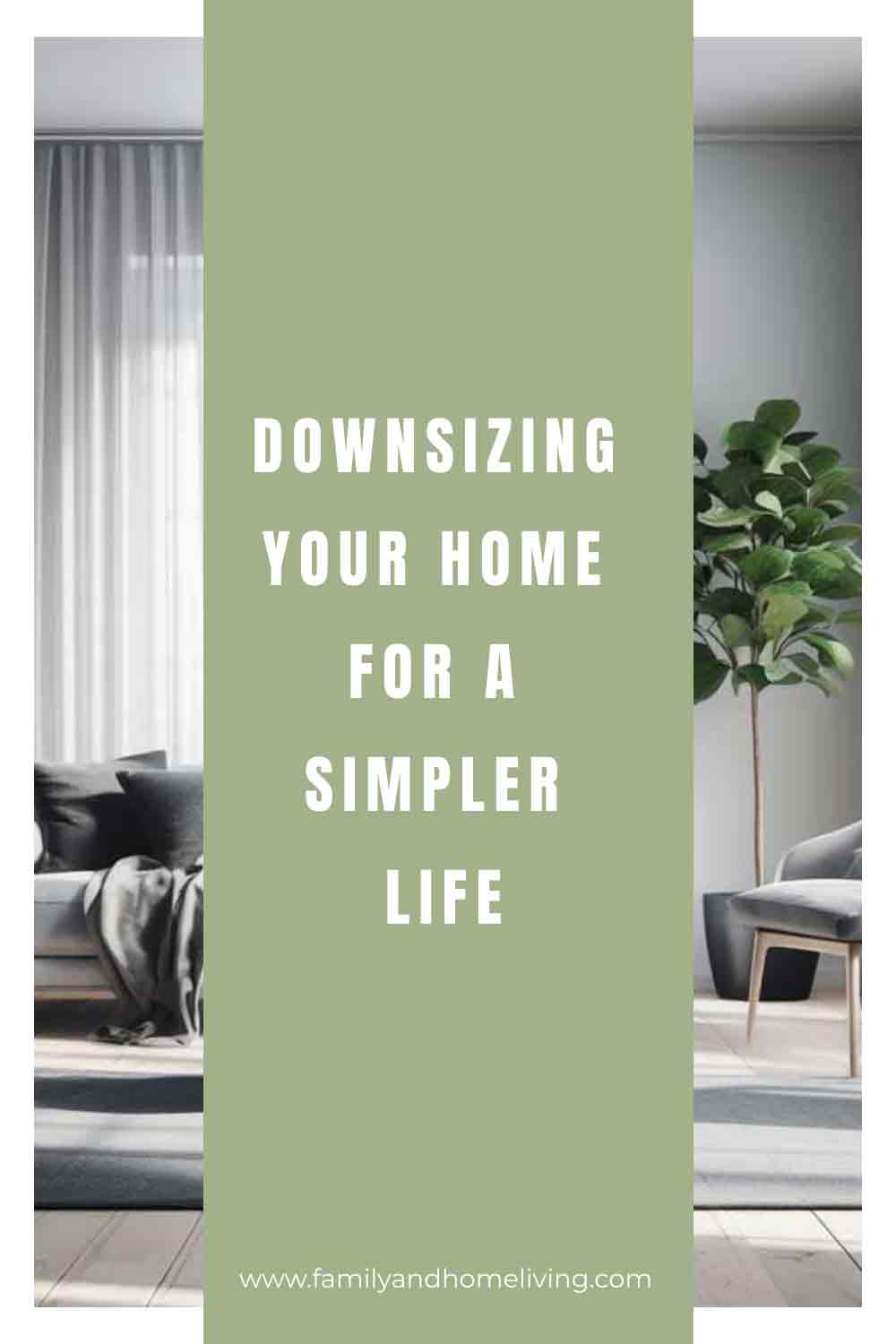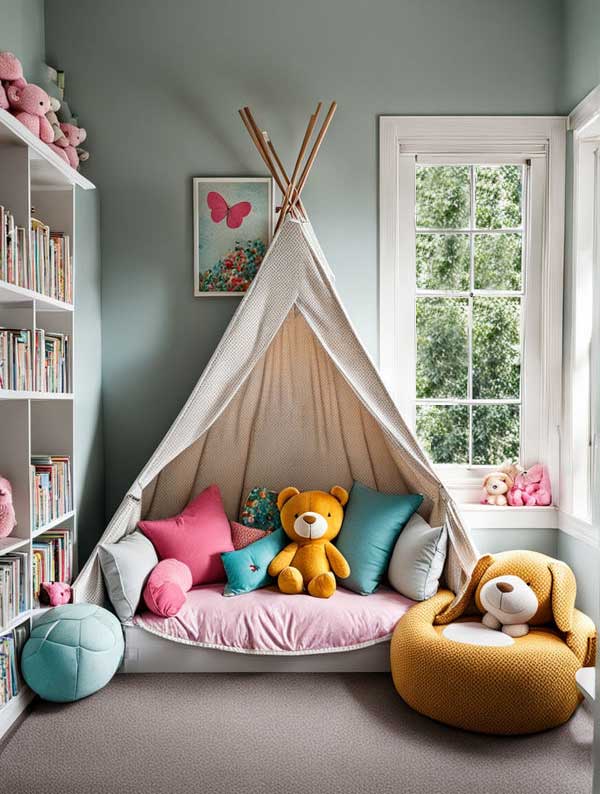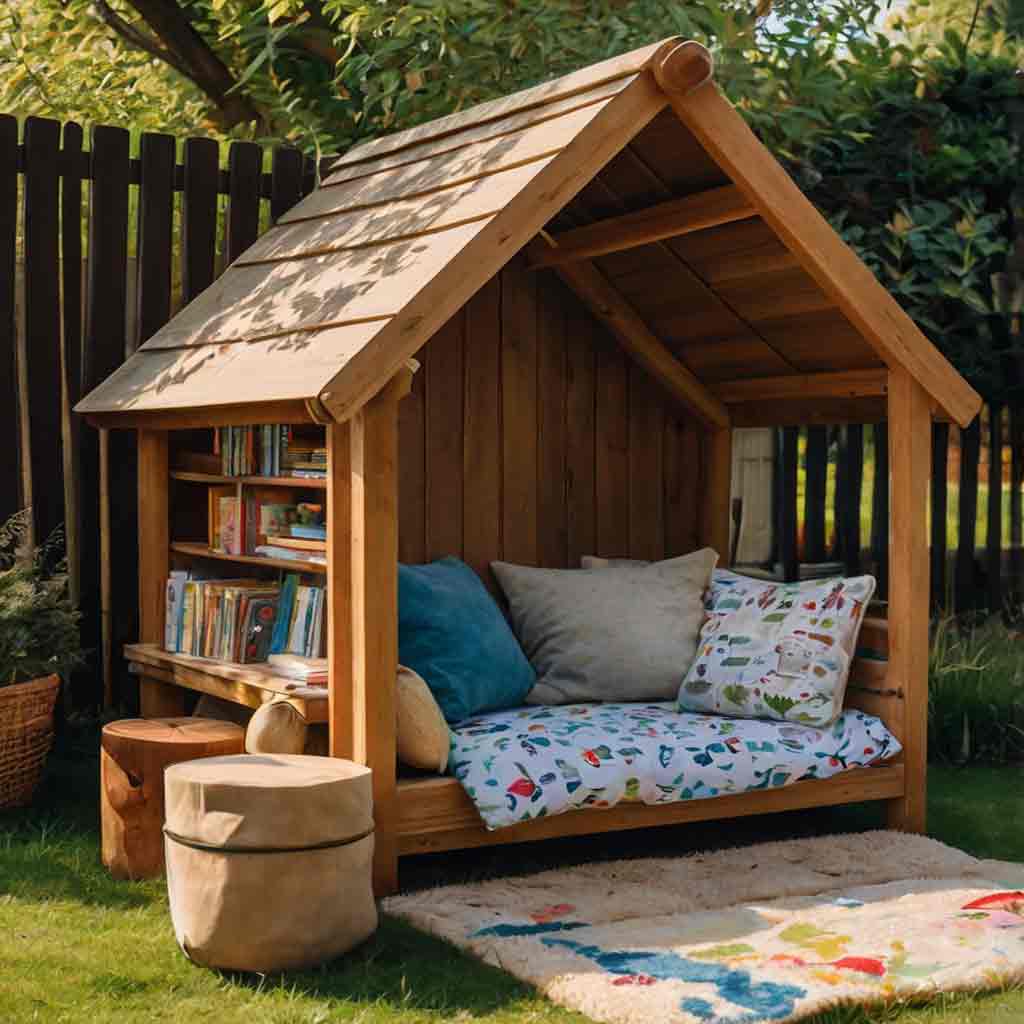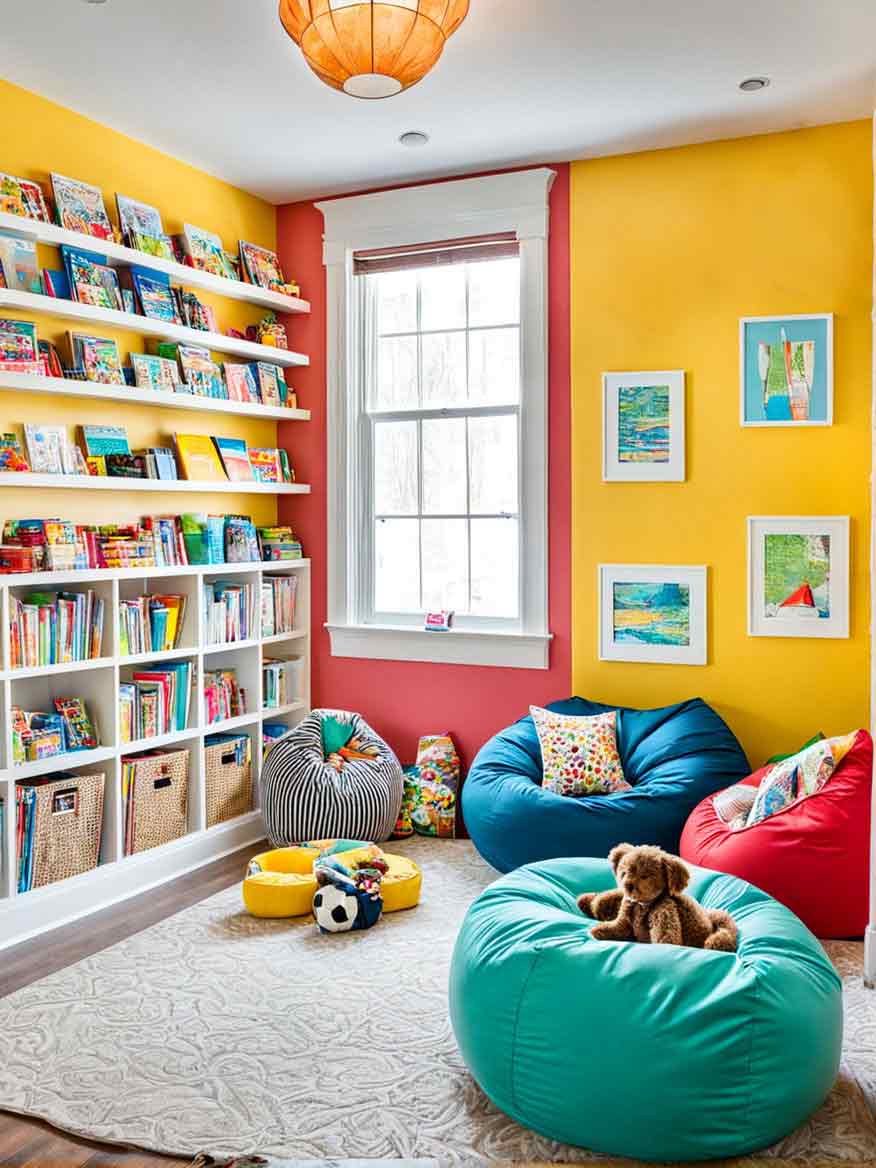This post may contain affiliate links which means we might earn a small commission if you decide to make a purchase through them (at no extra cost to you). Need more info? Click Here
In a world where consumerism and materialism often take center stage, the concept of downsizing has emerged as a powerful antidote. Downsizing isn’t merely about decluttering your physical space; it’s a deliberate and conscious lifestyle choice aimed at simplifying your life, prioritizing what truly matters, and finding contentment in the essentials.
In this article, we will take a look at the philosophy and practical steps of downsizing, helping you navigate this transformative journey toward a more intentional and fulfilling life.
If you find this article helpful, please consider pinning it 🙂

Understanding Downsizing
At its core, downsizing is a philosophy and a lifestyle that revolves around the intentional reduction of possessions, commitments, and distractions in order to focus on what brings you genuine joy and purpose. It encompasses not just your physical environment but also your mental and emotional well-being.
The Philosophy Behind Downsizing
The principles that underlie the art of downsizing are profound and far-reaching:
Simplicity: Embracing simplicity means consciously choosing to lead a life unburdened by excess. It’s about seeking elegance in minimalism, not deprivation.
Prioritization: Downsizing compels you to identify and prioritize what truly matters to you. It’s about nurturing the relationships, activities, and possessions that enrich your life.
Mindfulness: The act of downsizing encourages mindfulness in your daily choices. It prompts you to question your consumption, make intentional decisions, and foster gratitude for what you have.
The Benefits of Downsizing For A Happier Life
The decision to embrace the art of downsizing can usher in a multitude of tangible and intangible benefits:
1. Reduced Stress and Anxiety
A cluttered living space often leads to mental and emotional clutter. Downsizing reduces this burden, creating an environment that promotes peace and tranquility.
2. Financial Liberation
By focusing on quality over quantity, downsizing often results in substantial financial savings. These resources can be redirected toward experiences, investments, or endeavors that align with your life goals.
3. Enhanced Focus and Productivity
A simplified life naturally leads to increased focus. With fewer distractions and more mental clarity, you can accomplish tasks more efficiently and stay on track with your goals.
4. Deeper Clarity of Values
Through downsizing, you gain a clearer understanding of your values and what truly matters to you. This self-awareness allows you to make decisions that align with your core beliefs.
5. Environmental Responsibility
By reducing consumption and waste, downsizing contributes to a more sustainable lifestyle. It’s a conscientious choice that lessens your ecological footprint.
The Art of Downsizing: A Step-by-Step Guide
1. Define Your Goals
The journey of downsizing begins with a clear understanding of your objectives. Ask yourself what you hope to achieve through downsizing. Is it more space, financial freedom, less stress, or a simpler life? Setting specific goals will serve as your guiding light throughout the process.
Related: Decluttering Tips for Sentimental Items
2. Start with a Vision
Imagine the life you want to live after downsizing. What values do you want to emphasize? Visualize a clutter-free living space, both physically and mentally. Use this vision to inform your decisions about what to keep and what to let go of.
3. Begin with Physical Decluttering
The most tangible aspect of downsizing is decluttering your physical environment. Here’s how to do it effectively:
– One Area at a Time: Start with one specific area, such as your closet, kitchen, or living room. Focusing on one area prevents overwhelm.
– The Joy Spark Test: For each item, ask yourself if it sparks joy. If it doesn’t, consider donating, selling, or discarding it.
– Sentimental Items: Handle sentimental items with care. Take photographs or keep a small representative token to preserve memories without the physical clutter.
Related:
Easily Declutter Your Messy Home! Step-By-Step Guide
7 Easy Steps To Declutter Your Home + Free Declutter Checklist
4. Embrace Minimalist Design
Minimalist design principles can help create an uncluttered living space:
– Clean Lines and Neutral Colors: Opt for furniture and decor with clean lines and neutral colors. Minimalist design embraces simplicity and functionality.
– Functional Furniture: Choose furniture that serves multiple purposes. For example, a sofa with built-in storage or a bed with drawers can maximize space.
5. Streamline Your Digital Life
Downsizing extends to your digital world. Declutter your digital life by:
– Digital File Organization: Organize your digital documents into folders and delete unnecessary files. Regularly back up important data.
– App Management: Review and uninstall unused apps on your devices.
– Email Subscriptions: Unsubscribe from email lists that no longer serve your interests.
Related: Decluttering Your Digital Life: Managing Email and Files
6. Evaluate Commitments and Activities
Consider the commitments and activities in your life. Are they aligned with your downsizing goals and values? Prioritize activities that bring fulfillment and consider letting go of those that no longer resonate with you.
7. Reduce Your Environmental Impact
As you downsize, think about the environmental impact of your choices:
– Responsible Disposal: Recycle or donate items responsibly. Be mindful of how you discard belongings.
– Eco-Friendly Choices: Choose eco-friendly products and practices in your daily life, such as reducing single-use plastic and conserving energy.
8. Maintain a Mindful Lifestyle
Sustaining a mindful lifestyle after downsizing is crucial for the long-term success of your journey towards simplicity and intentionality.
Regular Self-Assessment
Periodically, take time for self-assessment. Reflect on whether your possessions still bring you joy and serve a purpose, and if new items or commitments align with your values.
Mindful Consumption
Avoid mindless consumerism by pausing and reflecting before making new purchases. Consider whether the item genuinely adds value to your life and opt for quality over quantity.
Regular Decluttering Sessions
Schedule mini-decluttering sessions at regular intervals. Review your possessions and evaluate if they still serve a purpose or bring you joy. Consistent small-scale decluttering prevents the need for major efforts later on.
Digital Minimalism
Extend mindfulness to your digital life by regularly reviewing and organizing your digital files, apps, and online subscriptions.
Mindful Time Management
Dedicate your time to activities and commitments that align with your values. Use time management techniques to stay organized and focused.
Practice Gratitude
Cultivate gratitude for the simplicity and intentionality in your life. Reflect on the positive impact of downsizing, reinforcing your commitment to mindful living.
Share Your Journey
Connect with like-minded individuals in online communities or local groups. Sharing your experiences can inspire others and provide valuable support.
Create Balance
Remember that mindful living allows for occasional acquisitions or commitments. Approach new additions with mindfulness, ensuring they align with your vision of a simpler, more intentional life.
Consistent mindfulness in various aspects of your life will help you maintain the benefits of downsizing and continue evolving toward a more intentional and fulfilling lifestyle.
Conclusion
The art of downsizing is a transformative journey that extends beyond decluttering. It’s about reevaluating your values, reassessing your priorities, and crafting a simpler, more intentional way of living. By embracing downsizing, you can reduce stress, enhance focus, gain a deeper sense of clarity and purpose, and contribute to a more sustainable world.





